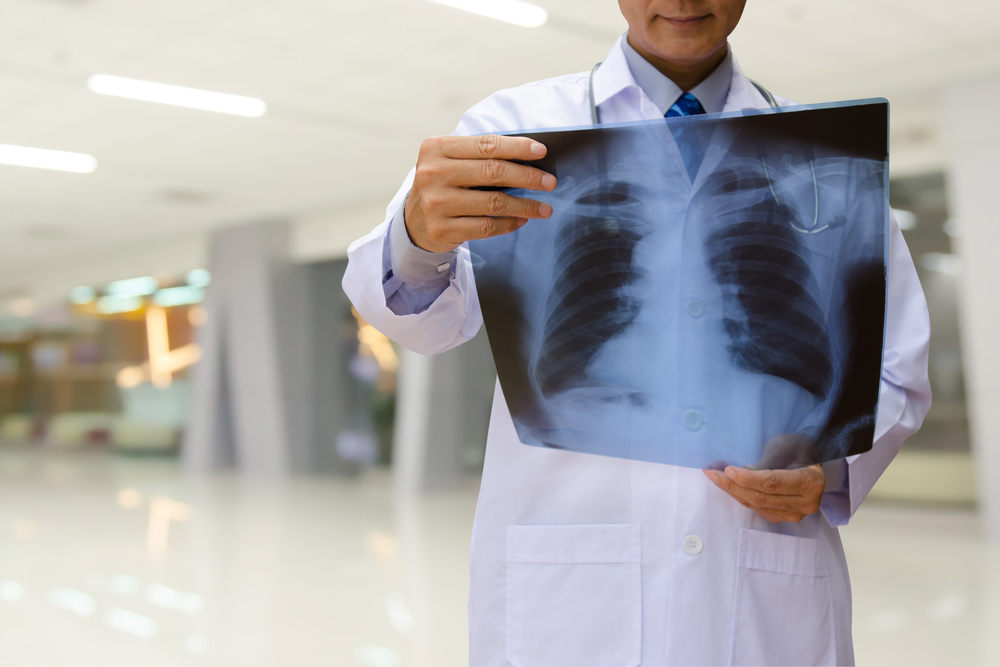AADC Deficiency and Scoliosis
Written by |

Children with aromatic l-amino acid decarboxylase (AADC) deficiency can, over time, develop scoliosis. This spinal curvature, along with other bone deformities, may be a consequence of ongoing muscle weakness and repeated oculogyric crises — spasms of the eye muscles, which sometimes occur during seizures.
Here is more information about scoliosis, its treatments, and its relationship to AADC deficiency.
What is scoliosis?
Scoliosis is a condition in which the spine becomes curved to the side. It usually happens during the growing phases of childhood and should be monitored as children age.
There are three main categories of scoliosis, based on its cause. The condition could develop due to defects in the bones of the spine from birth, or be caused by problems with the muscles or nerves in the body. It also could be idiopathic, meaning it has no obvious cause.
Doctors usually first detect scoliosis through a physical examination. This is followed by an X-ray, MRI, or other imaging technique that can measure the degree of the curve in the spine.
While most cases of scoliosis are mild, some can become more severe as the child ages. Worse cases may make it harder for the lungs to properly function, which may require treatments that could include massage therapy, braces, or sometimes surgery.
How does AADC deficiency lead to scoliosis?
Your child with AADC deficiency can potentially develop scoliosis as he or she ages for a couple of reasons. First, low muscle tone associated with AADC can make it hard for children to support their body and keep good posture. Over time, slouching or leaning to one side can cause the muscles and ligaments around the spine to stretch or shorten. This can cause the spine to grow unevenly.
Years of muscle contractions related to oculogyric crises also could contribute to scoliosis in some patients as they get older. During an oculogyric crisis, patients are unable to control their eyes or focus their vision. They also may be unable to close their mouths, their tongues may protrude, and their neck movement may be restricted.
What are the treatment options?
There are a number of different treatment options available, depending on the age of your child and the severity of scoliosis.
If your child has mostly passed their growing phase and the scoliosis is mild, doctors will primarily treat it with physiotherapy and massage therapy. That often will help to relieve tension, increase strength, and reduce pain.
When the condition is mild but your child is still growing, doctors may prescribe rigid braces that cover the torso and help the child to stay upright. These braces can help support proper posture and keep scoliosis from getting worse as your child continues to grow.
If the scoliosis is severe and seems to be progressing, spinal surgery may be necessary. Surgeons usually attach metal rods to the bones around the curve in the spine to keep it straight. They also may attach bone grafts from the patient’s hip. These grow between the affected spinal bones (vertebrae). Extra monitoring is necessary to ensure that your child does not react to the anesthesia.
Last updated: Feb. 10, 2021
***
AADC News is strictly a news and information website about the disease. It does not provide medical advice, diagnosis, or treatment. This content is not intended to be a substitute for professional medical advice, diagnosis, or treatment. Always seek the advice of your physician or other qualified healthcare providers with any questions you may have regarding a medical condition. Never disregard professional medical advice or delay in seeking it because of something you have read on this website.




